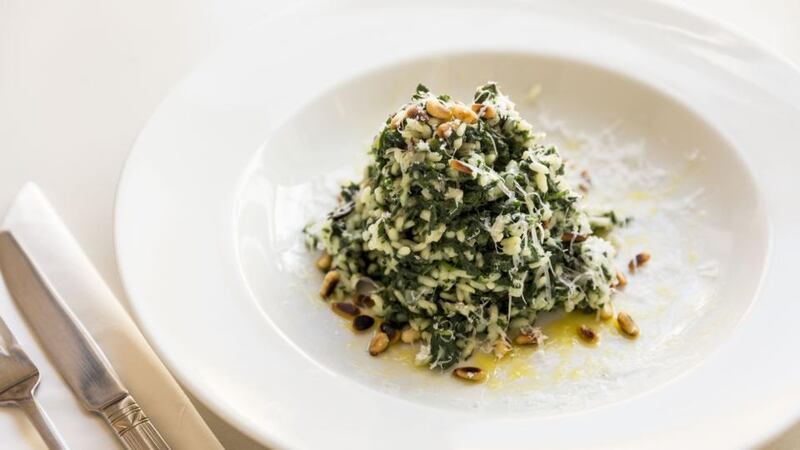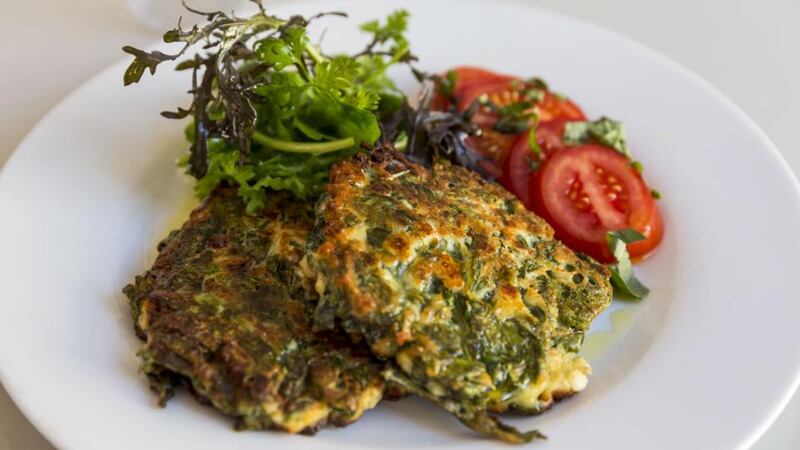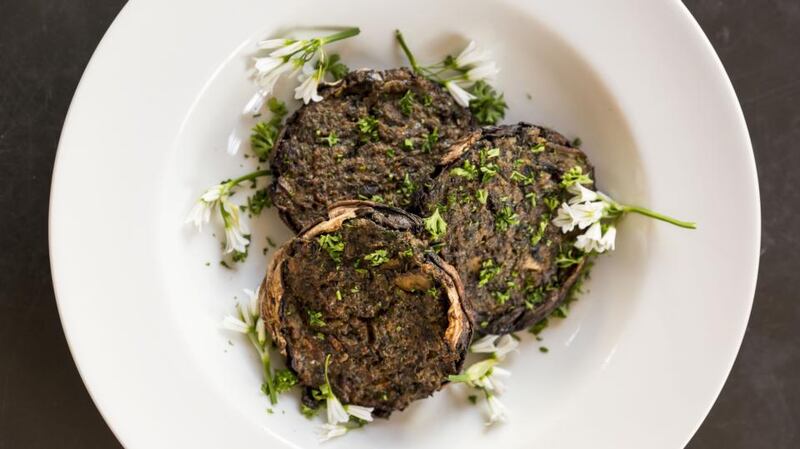“He was a bold man that first ate an oyster,” Jonathan Swift wrote. His quote hung on the walls of my restaurant for 16 years, a reminder of the great mystery of food. That first oyster eater must also have been persistent and strong. Getting into an oyster can be a challenge even with the right tools. I am dumbfounded at the thought of someone attempting to crack into what appears to be a piece of rock for the first time.
Similarly, I once developed a habit of making a large batch of meringues to leave in the oven overnight. This is a slow process, and my mind would wander. I would find myself asking who was the clever clogs who worked out how to turn eggs into meringue. Then I also began to question how other common foods came into our kitchens.
You have to wonder whether, if Sir Walter Raleigh really did bite into a raw potato, as suggested by the film Elizabeth: The Golden Age, his next thought was, Well, this is the first vegetable that isn't good raw, so let's cook it! And so we had mashed, boiled and roasted, and chips.
Carrots, from the same family of edibles found below the soil, also raise questions. Yesterday at lunch a friend casually mentioned that carrots were originally grown for their tops. Who, then, was the brave, and probably hungry, explorer who unearthed, and bit into, the sweet and nutritious gems below? Who worked out that the stem of the rhubarb is edible while the leaves are poisonous? A casualty seems the only way this revelation could occur.
Even as I sit writing at my kitchen table I can’t avoid ingredients that make me imagine their stories. The sultanas and currants in my fresh porter cakes: who thought to dry the grapes first? The butter with which cakes are laden: did somebody overwhip cream to accidentally make it that first time? But, if so, how did they think to whip the cream initially? And take globe artichokes: as with oysters, it must have taken effort to find the soft edible part inside the off-putting exterior.
The answers to these abundant questions are hard find – and, even then, often read like urban myths. We’re left guessing about the daring and determination of the people who first endeavoured to eat such foods.
This is always reassuring when my creative juices aren’t flowing. If that bold man could crack the shell and then eat that unattractive oyster, surely I too can keep going when things seem a tad mundane or challenging.

Nettle risotto with sorrel
Using nettles in cooking makes me feel more wholesome and in touch with nature. I love that they are free and good for us, and that picking them creates a mindful experience, as one needs to focus on the job at hand.
Sorrel, with its lemony tang, is such a treat to add to dishes. The wild version packs a greater punch than the cultivated variety.
Serves four
Ingredients
100g young nettle tops
800ml stock of your choice
30g butter, plus extra
1 onion, peeled and finely chopped
175g Arborio rice
50g sorrel leaves, finely shredded
50g hard cheese, such as goat's or sheep's
Method
1 Wash the nettles, then pick them over, discarding the tough stalks. Bring a large pan of well-salted water to the boil, throw in the nettles and bring back to the boil. Blanch for a couple of minutes, then drain. When cool enough to handle, squeeze the nettles, extracting as much water as possible, and chop finely.
2 Heat the stock until almost boiling, then keep warm over a low heat.
3 In a large, heavy-based pan, melt the butter over a medium heat. Add the onion and sweat for eight to 10 minutes, until it is soft and translucent but not browned. Add the rice. Stir to coat the grains, pour in a third of the hot stock and bring to a gentle simmer. Cook, stirring, until almost all of the stock has been absorbed.
4 Add the chopped nettles and a little more stock. Keep adding stock a bit at a time, whenever the previous splash has been absorbed, until the rice is nicely al dente. (You may not need all the stock.) This should take about 20 minutes. The mixture will be loose and creamy.
5 Stir in the sorrel and season to taste.
6 Dot a little butter over the risotto and sprinkle with the cheese. Cover, leave for a few minutes, then stir in.
7 Serve straight away with more grated cheese.

Sea beet fritters
Our shorelines are overflowing with sea beet during these months, so use every chance you get to cook with it before it goes to seed. You can use nettles instead – or, if you cannot get your hands on either, substitute spinach or Swiss chard instead.
Serves four
Ingredients
250g sea beet (or nettles, spinach or Swiss chard), washed and drained
2 eggs, beaten
5tbsp flour, sifted
2tbsp polenta
250g cottage cheese
Salt and pepper
Vegetable oil for frying
Method
1 Bring a large pot of water to the boil. Add the sea beet, bring back to the boil, stirring well, then cook for a couple of minutes, until the leaves are soft. If you're using spinach, quickly blanch the leaves, then remove them from the water.
2 Tip into a colander or sieve and leave to drain for a few minutes. When cool enough to handle, squeeze it lightly, to get rid of excess water, then transfer to a bowl to cool.
3 Once it has cooled, mix in the eggs, followed by the flour and polenta, and then the cottage cheese. Season well and leave to rest for 15 minutes.
4 Heat a frying pan, and when it's moderately hot add a little oil or butter.
5 Drop spoonfuls of the mixture into the pan and cook for two minutes, then carefully flip them over. You don't want them to colour too much, but if they're not cooked enough before you flip them they could fall apart, as the mixture is quite soft.
6 Once the first batch is cooked, move them to a plate while you cook the rest of the mixture.
7 Serve immediately with salad.

Italian stuffed mushrooms
I promise you this dish tastes better than it looks. It’s also well worth doing this recipe later in the year, when the big field mushrooms are available and you can pick them yourself.
Serves four
Ingredients
2 medium onions, chopped
2 garlic cloves, chopped
9 portobello mushrooms
Olive oil
Salt and pepper
8 anchovy fillets, chopped
2tbsp parsley, chopped
Salt and pepper
4tbsp breadcrumbs, with more to sprinkle
2 eggs
Method
1 Heat the oven to 200 Celsius.
2 Heat some oil in a pan, then add the onions and garlic, along with salt and pepper, and soften for a few minutes.
3 In the meantime, remove the stalks from all the mushrooms and chop them up along with one of the mushrooms and add to the onion mixture. Turn up the heat, add more ground pepper and cook for five minutes.
4 Stir in the anchovies and parsley and cook for another minute, mixing well.
5 Remove from the heat, then add the breadcrumbs, followed by the eggs, and mix well to bind.
6 Stuff the mushrooms and put in an oiled shallow baking dish, sprinkle with more breadcrumbs and drizzle with olive oil.
7 Bake for 10 to 15 minutes or until cooked through.










